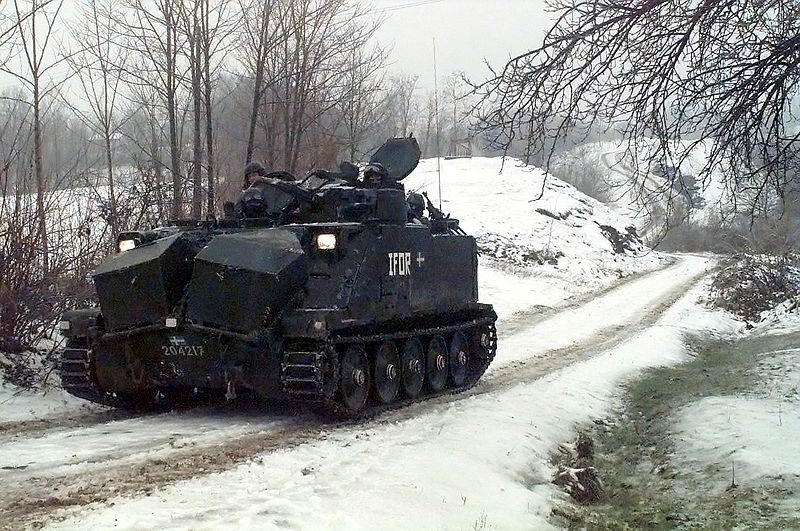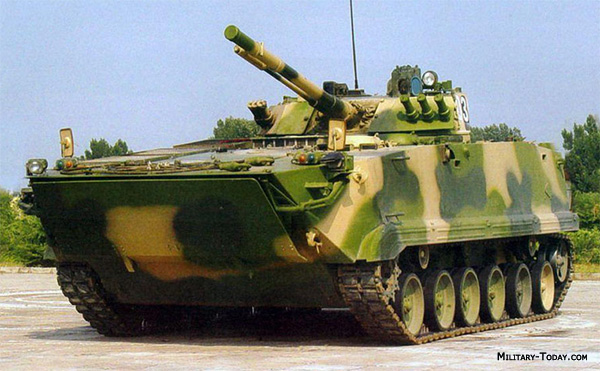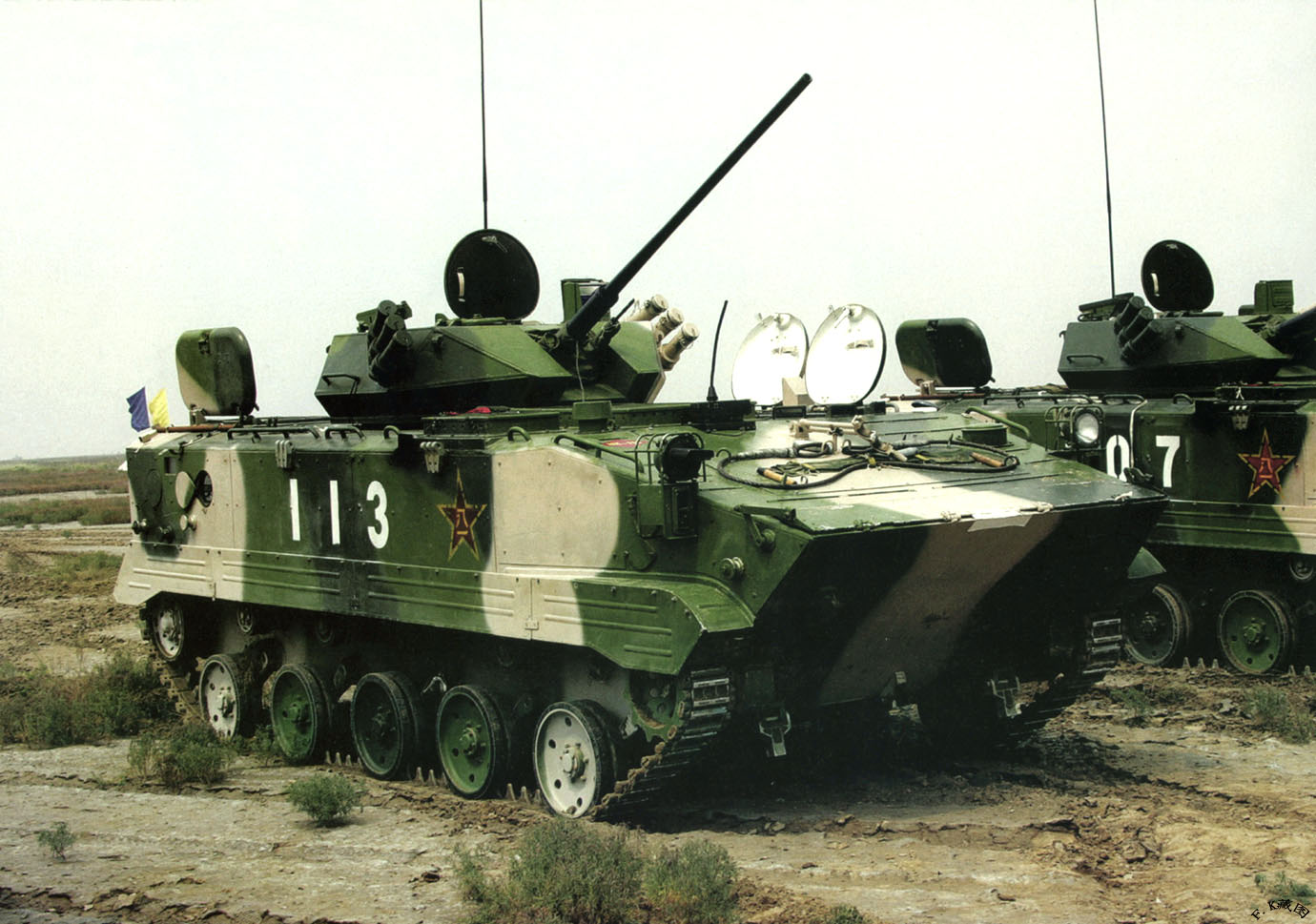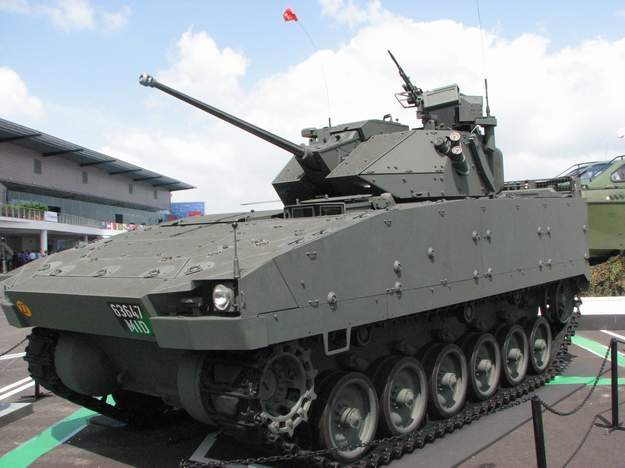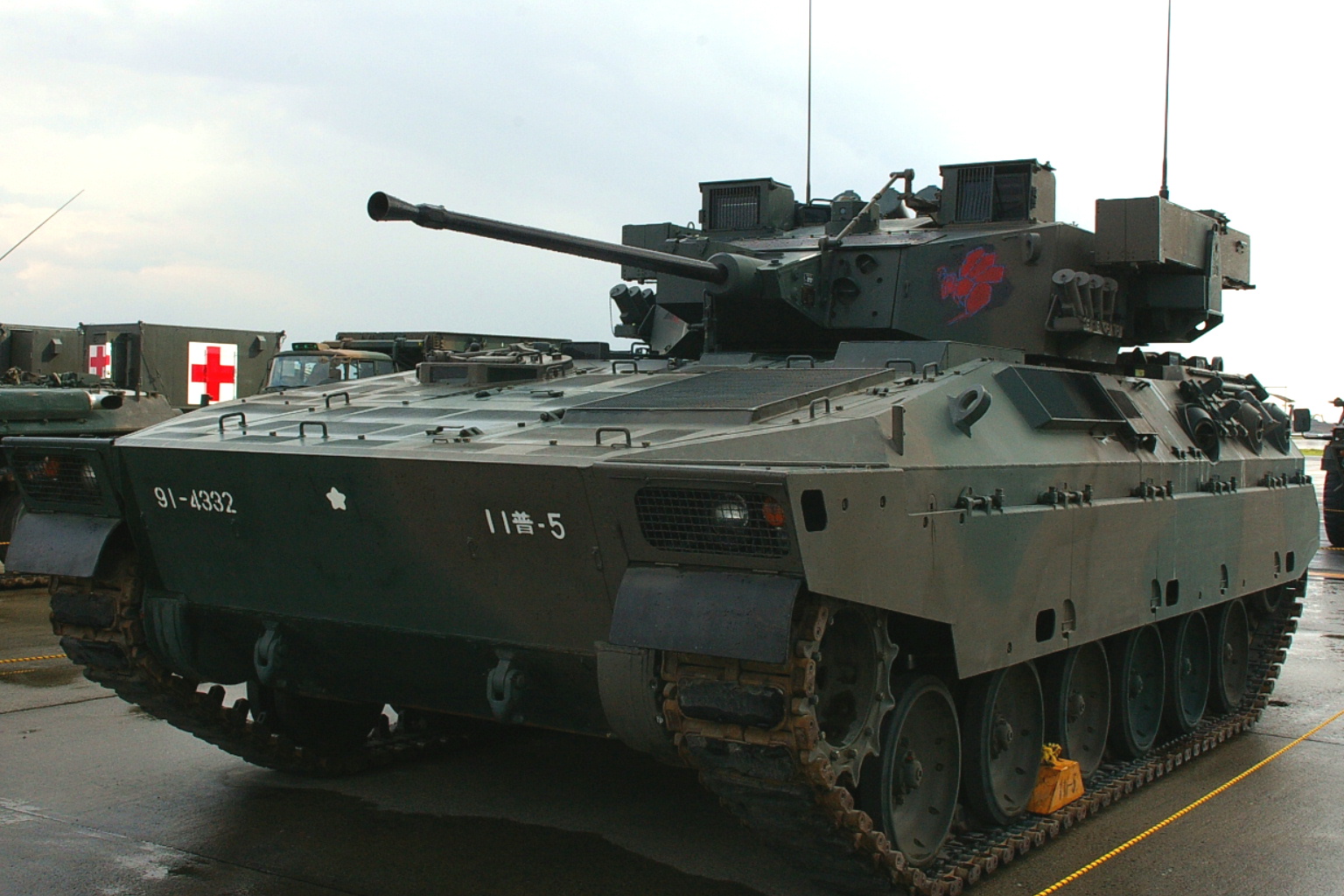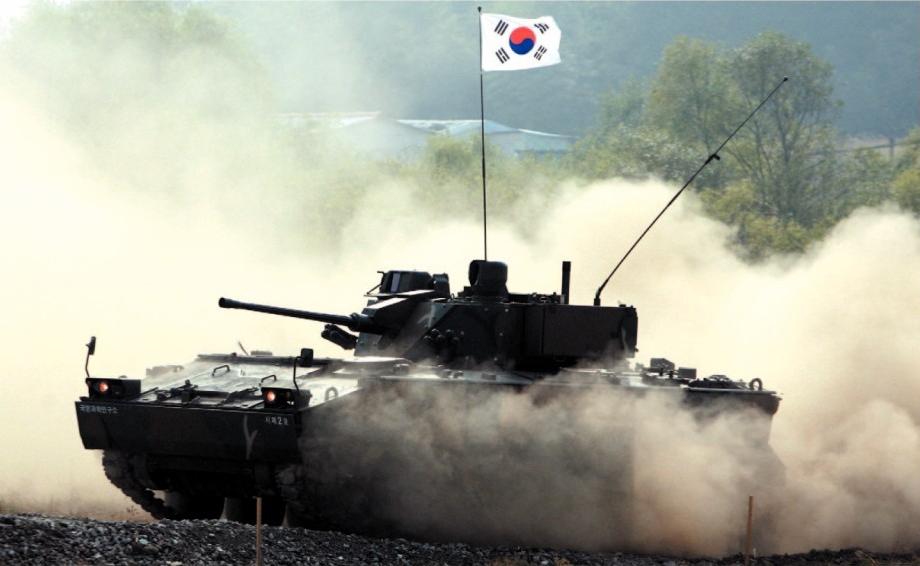Many don't know what's the different between IFV and APC.
the Treaty of Conventional Armed Forces in Europe definition is outdated and flawed, many APC have armament over 20mm gun and many IFV do not have, or have minimal troop transport capability.
In short and brief definition. IFV is designed for Infantry support while APC is designed to transport infantry from A to B.
Now, onto the detailed version
IFV - Infantry Fighting Vehicle.
CV-90 IFV (Sweden)
This type of vehicle is design to support infantry in a fight. Basically provide combat support for infantry from other infantry and up to Armuor, designed to operate stand-alone type operation (Without MBT support) It is used to fill the gap between an Infantry squad to anything that moves faster than the infantry.
Traditionally an IFV would have less than survivability rate than normal MBT, but have more or less he same fire power to a Main Battle Tank. Light enough to operate between Infantry section (Which is basically a requirement to operate as infantry support) Fast and Quiet Enough to act as a scout and forward element (Assault) with or without infantry support.
Key requirement for IFV
-Heavy Fire Power (In CV-90 case, 40mm Bofor + AT4/Carl Gustav Launcher)
-Light Complex ( In CV-90 case, 35 ton (CV-90III)
-Troop Compartment (In CV-90 case, 8 troop, fully equipped)
-Fast (In CV-90 case, 75km/h)
APC - Armoured Personnel Carrier
Pansarbandvagn 302 (Sweden)
Armoured Personnel Carrier, also known as APC is designed to support Armoured Unit (ie MBT), it may seems strange to understand, but the birth of APC is due to the fact that armoured attack usually result in a gap between the spearheaded Armoured column and their supporting infantry. The remedy is simply put an infantry squad in a car/armoured carrier and travel with the attacking MBT. When the MBT stopped, the APC unload and the infantry squad will then fanned out and protect the MBT from close range attack.
Traditionally, APC does not require heavy caliber weaponry, as they accompany MBT spearhead, APC traditionally have the same speed with the current serving MBT in case of Pansarbandvagn 302, they have the same speed as Stridsvagn 122, the Swedish MBT (67km/h) and basic weapon for infantry support.
Key Requirement for APC
-Large troop compartment (8 troop in Pbv302)
-Speed as the same with MBT (67 KM in Pbv302)
-Same operational requirement for MBT (CBRN, all weather operation and Airlift-able)








